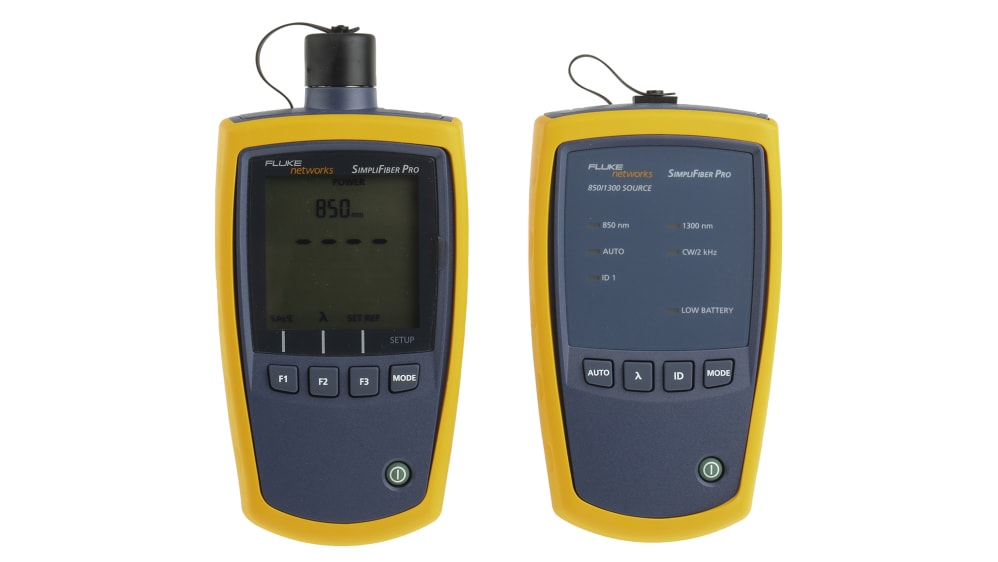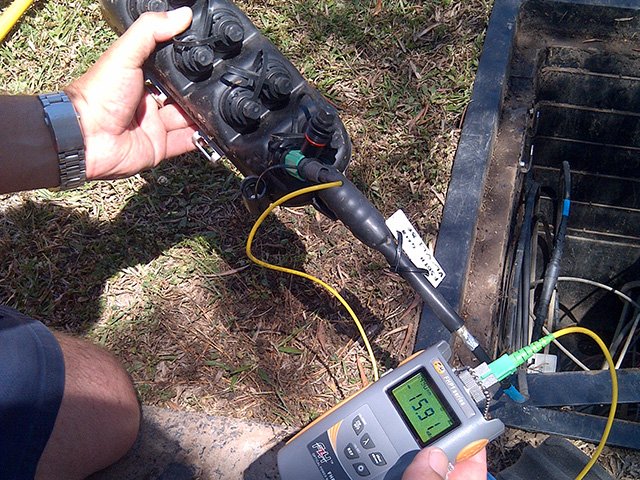Ofda plays a key role in accurate fibre measurement in multiple applications.
Ofda plays a key role in accurate fibre measurement in multiple applications.
Blog Article
Revealing the Secret Uses of Optical Fibre Testing for Effective Data Transmission
In the realm of contemporary communication, optical fiber screening emerges as an important method for maximizing data transmission. Recognizing the complex applications of optical fiber testing invites a much deeper exploration right into its crucial function in shaping the future of information interaction.

Significance of Optical Fibre Screening
The value of optical fibre screening can not be overstated, as it acts as an essential element in guaranteeing the reliability and effectiveness of data transmission systems. In an era where high-speed interaction is paramount, any kind of shortages in fibre optics can result in substantial data loss and reduced efficiency. Extensive screening protocols are necessary to validate the integrity and performance of optical cords.
Evaluating permits the identification of defects such as micro-bends, macrobends, and splice losses that can prevent signal quality. It supplies understandings right into the overall attenuation and data transfer capacities of the fiber, guaranteeing that the network meets particular operational requirements. Normal testing not only enhances system efficiency but likewise prolongs the life-span of the framework by determining prospective concerns prior to they escalate into pricey failures.

Kinds Of Optical Fiber Examinations
Various sorts of optical fiber examinations are conducted to make sure the efficiency and reliability of fiber optic networks. These tests can be classified into several crucial types, each offering a particular purpose in examining the honesty of the fibre.
First, Optical Time Domain Name Reflectometry (OTDR) is a popular test that identifies mistakes, interlaces, and ports within the fibre. By sending out pulses of light and examining the shown signals, professionals can determine concerns along the fiber's size.
2nd, insertion loss tests examine the quantity of signal loss when light travel through ports or splices, which is critical for keeping network effectiveness.
Third, return loss tests measure the amount of light showed back towards the resource, offering understandings right into the quality of connections and potential sources of disturbance.
Additionally, continuity examinations make sure that the fibre path is full, enabling service technicians to validate that the fiber is undamaged without any type of breaks. robotic vision.
Lastly, aesthetic fault locators utilize visible light to recognize breaks or serious bends in the fibre, aiding in fast troubleshooting. Jointly, these examinations form a comprehensive strategy to keeping optimal efficiency in fibre optic networks.

Applications in Network Upkeep
In contemporary Bonuses telecommunications, effective network upkeep depends heavily on optical fibre screening to identify and fix problems promptly. Regular testing makes certain that the network operates at optimum performance levels, minimizing downtime and boosting customer experience.
One of the main applications of optical fiber screening in maintenance is the detection of faults, such as breaks, bends, or inappropriate links. Techniques like Optical Time Domain Name Reflectometry (OTDR) permit specialists to locate these problems precisely and assess the top quality of the fiber web link. Additionally, loss testing confirms the honesty of the optical path, making sure that signal depletion continues to be within appropriate restrictions.
Routine maintenance testing likewise aids in preventive procedures, recognizing possible troubles before they escalate into considerable failings. This aggressive technique can save organizations both time and funds. Furthermore, during upgrades or developments, optical fiber testing ensures that new setups incorporate perfectly with existing framework.
Enhancing Data Transmission Dependability
Effective network upkeep through optical fiber testing not just addresses prompt problems yet likewise plays a significant function in improving information transmission dependability. By determining faults, measuring signal loss, and examining the overall problem of fiber over at this website optic cords, testing makes sure that possible issues are fixed before they escalate right into substantial interruptions.
Routine optical fiber screening, such as time-domain reflectometry (TDR) and optical time-domain reflectometry (OTDR), enables service technicians to determine the precise places of breaks, flexes, or port issues within the network. This positive approach not just minimizes downtime however additionally maximizes the efficiency of information transmission by making certain that the paths for signals are clear and working successfully.
In addition, testing aids in confirming adherence to market standards and specs, which is important for preserving the integrity of data flow. By ensuring that each link satisfies required limits for loss and quality, companies can bolster their self-confidence in the integrity of their information networks.
Inevitably, investing in thorough optical fiber testing not only improves information transmission reliability however additionally sustains the long-term functional performance of interaction infrastructures.
Future Patterns in Fibre Screening
Arising innovations are poised to transform fibre screening, leading the means for boosted efficiency and precision in data transmission diagnostics (optical fibre diameter analyser). As the need for faster net and greater data transfer remains to climb, the integration of sophisticated tools such as artificial knowledge (AI) and artificial intelligence (ML) is established to change traditional fibre testing methods. These technologies will certainly enable anticipating maintenance and about his automated fault discovery, considerably minimizing downtime and boosting network dependability
Additionally, the adoption of Net of Things (IoT) devices will promote real-time surveillance of fiber networks, permitting instant identification of performance problems. This change in the direction of positive management will lessen disruptions and optimize data circulation.
In addition, technologies in optical time-domain reflectometry (OTDR) and new testing criteria will boost the accuracy of dimensions, making certain that data stability is preserved throughout the transmission procedure. The introduction of 5G modern technology likewise demands the growth of much more sophisticated fibre testing techniques to sustain its high-speed requirements.
Conclusion
Finally, optical fibre screening is essential for maintaining efficient data transmission within interaction networks. By utilizing various screening methods, such as OTDR and insertion loss tests, prospective mistakes can be determined and fixed, therefore boosting signal quality and decreasing downtime. Normal testing not just guarantees compliance with industry standards but also promotes positive maintenance, inevitably adding to the long-term dependability and performance of fiber optic systems. The ongoing evolution of screening methods will even more bolster these capacities in the future.
Report this page